Indian players’ salary: A topic that has garnered significant attention over the years, thanks to the Board of Control for Cricket in India (BCCI), the world’s wealthiest cricketing body. The financial structure for Indian cricketers is overseen by the Board of Control for Cricket in India (BCCI). With India’s enormous fan base and the unparalleled popularity of cricket in the country, players, especially those who feature regularly across all formats, stand to earn substantial amounts. The BCCI classifies players into four grades – A+, A, B, and C – based on their contributions and performance, with annual salaries ranging from INR 7 crore for Grade A+ to INR 1 crore for Grade C.
Sources of Income
Indian players’ salary Central Contracts and Match Fees
Central contracts form the cornerstone of a player’s income, and they’re determined by their performance across all formats. The BCCI recently awarded central contracts to 26 players across these four grades. For instance, Grade A+ players like Rohit Sharma, Virat Kohli, Ravindra Jadeja, and Jasprit Bumrah command an annual salary of INR 7 crore each. In contrast, Grade C players like KS Bharat and Arshdeep Singh receive INR 1 crore annually.
In addition to their salaries, players also earn match fees. Test matches fetch INR 15 lakh per game, ODIs INR 6 lakh, and T20Is INR 3 lakh. Players in the squad but not playing receive reduced match fees.
The average match fee for an Indian cricketer in different formats is as follows:
Test: INR 15 Lakh
ODI: INR 6 Lakh
T20I: INR 3 Lakh
Indian players’ salary Performance-Based Bonuses
Beyond the fixed income, performance-based bonuses add another layer to a player’s earnings. These bonuses can be for series victories, personal milestones, or other outstanding performances, adding a lucrative incentive to perform consistently.
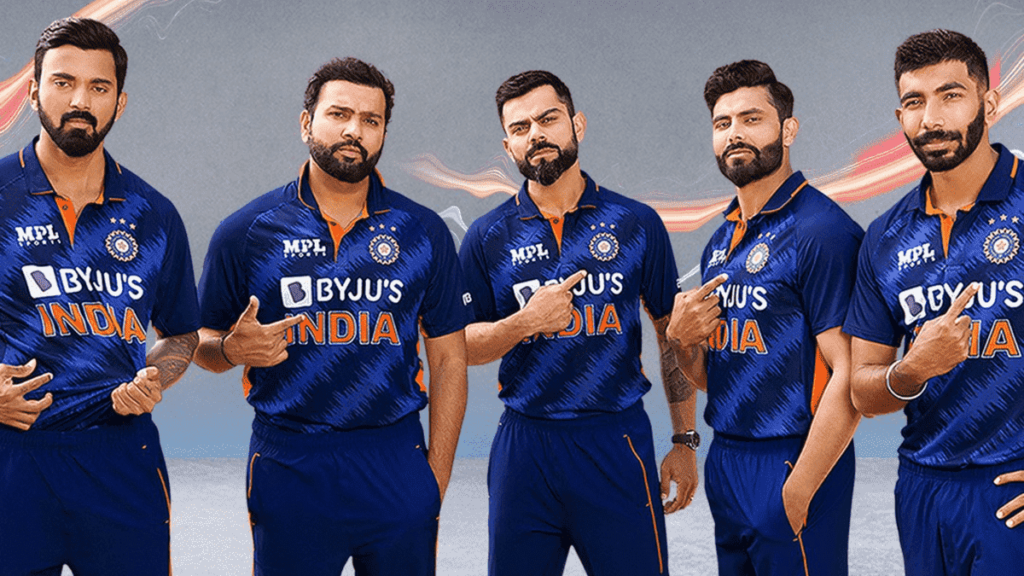
Indian Players’ Salary With Endorsements and Sponsorships
Endorsements and sponsorships constitute a significant part of an Indian cricketer’s income. Top players like Virat Kohli, Rohit Sharma, and MS Dhoni have secured deals with global brands like Nike, Puma, Adidas, and Reebok. Virat Kohli, with his global appeal, has particularly lucrative deals with Puma, Audi, and MRF. Even post-retirement, legends like Sachin Tendulkar continue to command high-value endorsements with brands like Adidas and BMW.
Indian Players’ Salary Domestic Cricket
Domestic cricket, including tournaments like the Ranji Trophy and the Indian Premier League (IPL), also contributes to players’ earnings. The IPL, renowned for its high-profile auctions, offers players hefty salaries based on the bidding process. The BCCI mandates that 20% of a player’s IPL earnings go to their home board, fostering international revenue sharing and cooperation.
Salaries in domestic cricket vary based on age and experience:
- Senior Players: INR 35,000
- Under 23: INR 17,500
- Under 19: INR 10,500
- Under 16: INR 3,500
Comparison with Other Countries
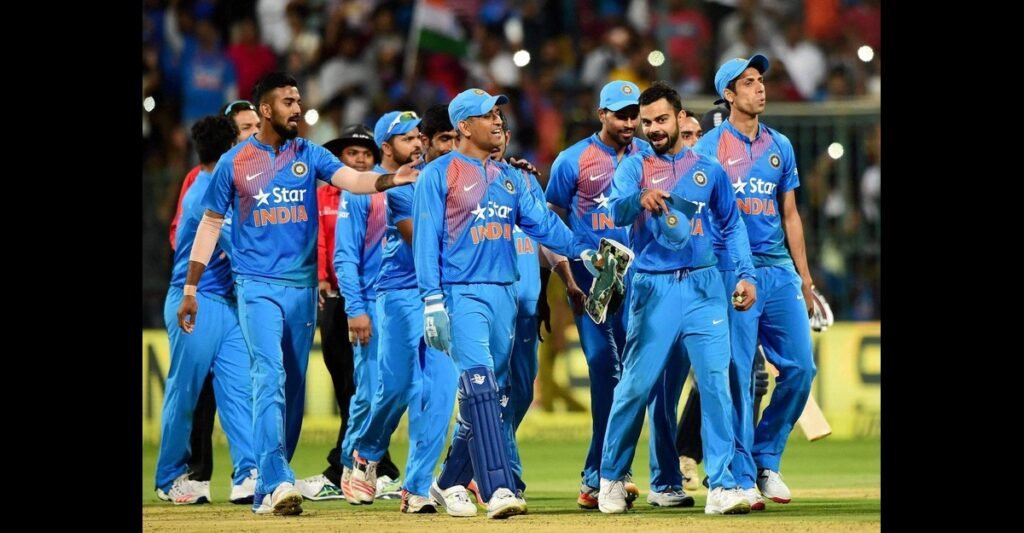
While Indian cricketers earn handsomely compared to their counterparts in other cricket-playing nations, there are disparities. The number of central contracts and the income from leagues like the IPL often give Indian players an edge, making the BCCI’s compensation system one of the most rewarding in the cricketing world.
For instance, the Australian cricket board, Cricket Australia, offers annual contracts ranging from AUD 1 million to AUD 1.5 million for their top-tier players, which is roughly equivalent to INR 5 crore to INR 7.5 crore. However, this amount doesn’t include match fees, bonuses, or domestic cricket earnings. Similarly, the England and Wales Cricket Board (ECB) offers central contracts ranging from GBP 650,000 to GBP 1 million, or approximately INR 6.5 crore to INR 10 crore, excluding additional earnings.
Indian Players’ Salary Future Outlook
The financial growth trajectory for Indian cricketers remains promising, with the BCCI’s revenue consistently on the rise. The board is also contemplating a revamped grading system for central contracts, aiming to make it more reflective of a player’s current form and contribution.
Additionally, with the increasing popularity of franchise-based T20 leagues worldwide, opportunities for players to earn lucrative contracts outside India are growing. The Hundred in England, the Big Bash League in Australia, and the Caribbean Premier League are some of the emerging T20 leagues where Indian players can potentially secure high-paying contracts in the future.
Indian Players’ Salary Additional Information
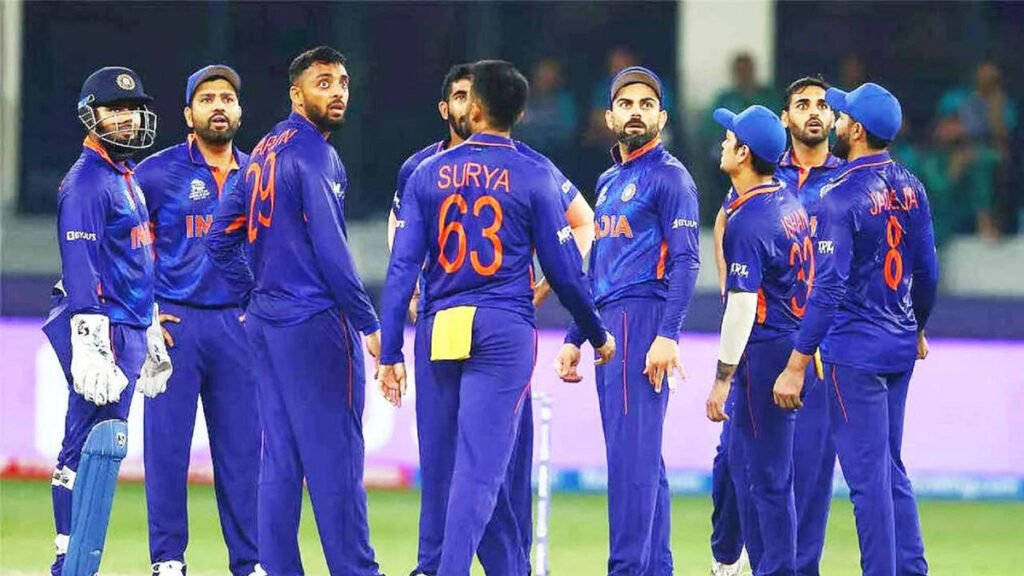
Apart from the aforementioned income sources, players also receive allowances for travel and accommodation. Cricketing stalwarts like Sourav Ganguly, Virender Sehwag, Yuvraj Singh, and Suresh Raina have not only left a lasting impact on the game but have also achieved substantial financial success throughout their careers.
Conclusion
In conclusion, the financial landscape of Indian cricket is multifaceted, with players deriving income from various sources, including central contracts, match fees, bonuses, endorsements, and domestic cricket. The BCCI’s robust revenue model and the IPL’s financial allure are driving the sport towards an era where the financial rewards of franchise leagues like the IPL are becoming increasingly attractive, reshaping the dynamics of cricket and player earnings.
As the BCCI continues to innovate and evolve its compensation system, Indian cricketers can look forward to an even more prosperous future, both on and off the field. With the sport’s growing global appeal and the emergence of new avenues for earning, the Indian Players’ Salary is brighter than ever, cementing their status as some of the most well-remunerated athletes in the world of sports.




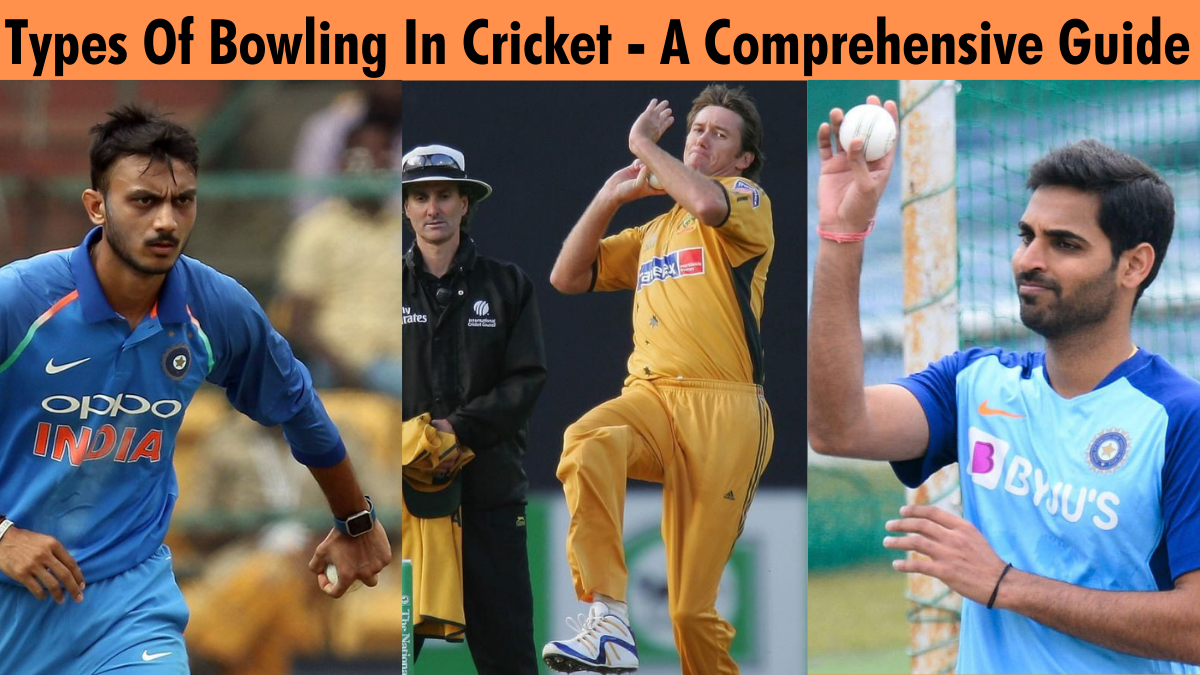
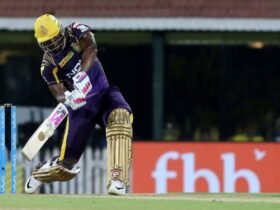

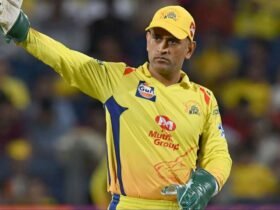
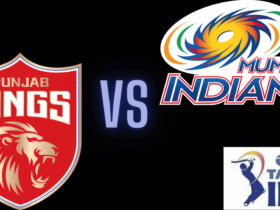

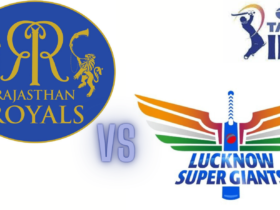

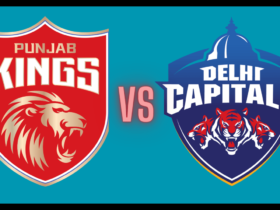
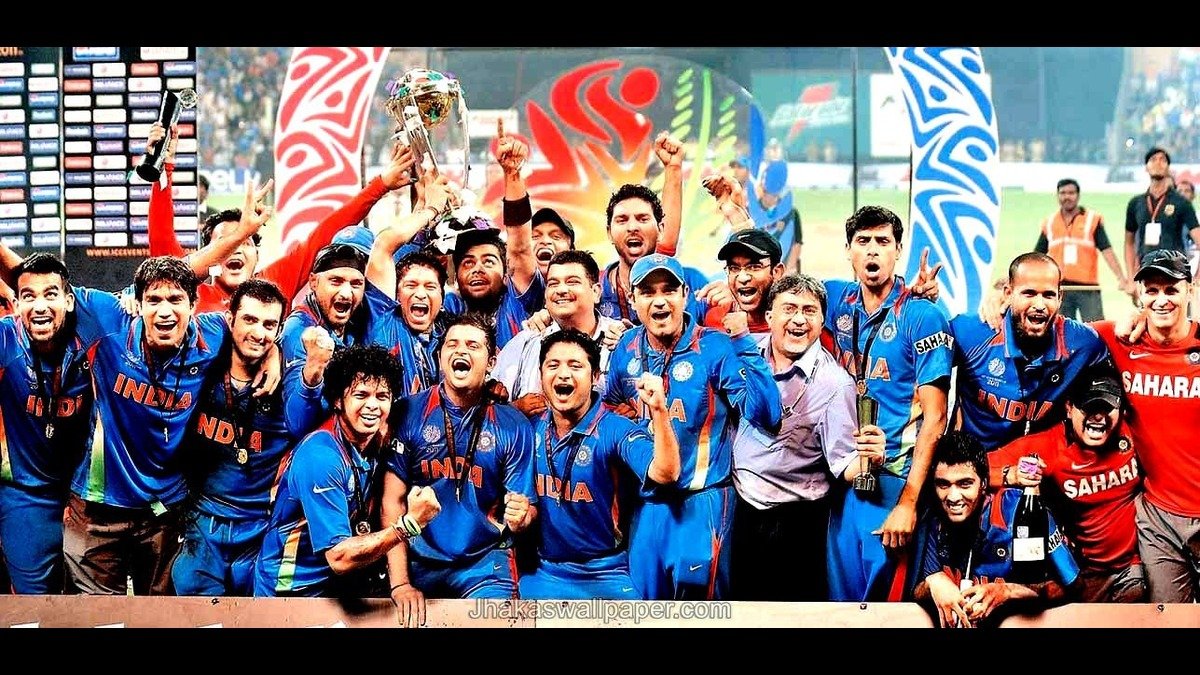



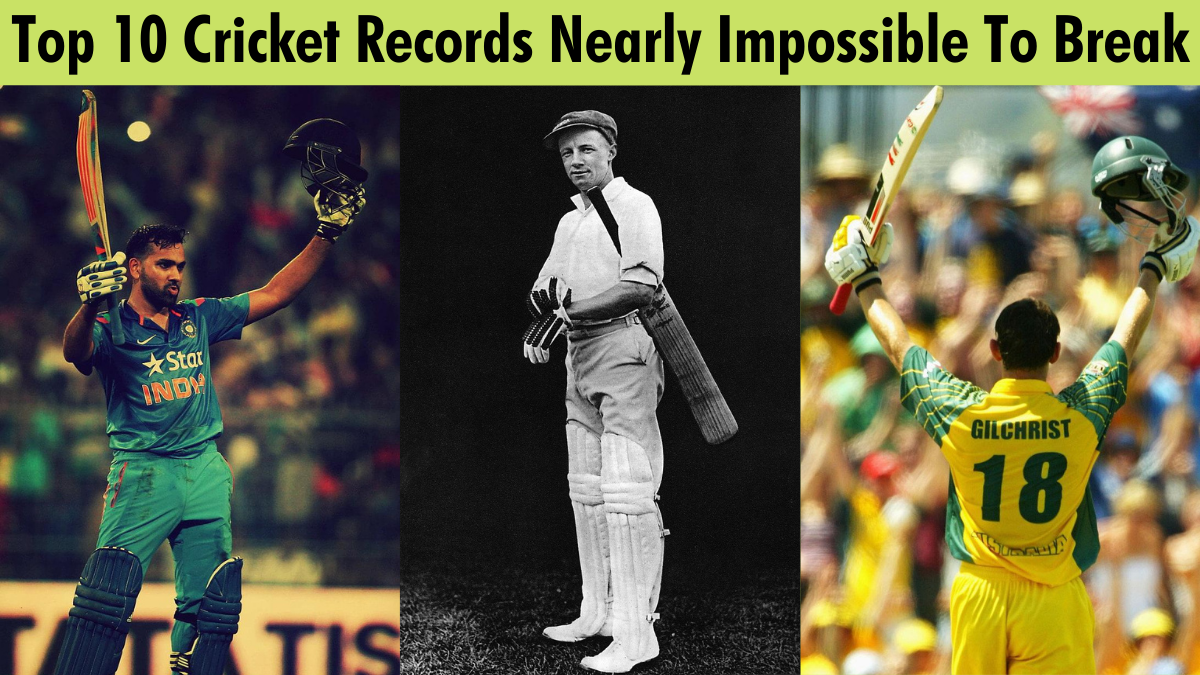

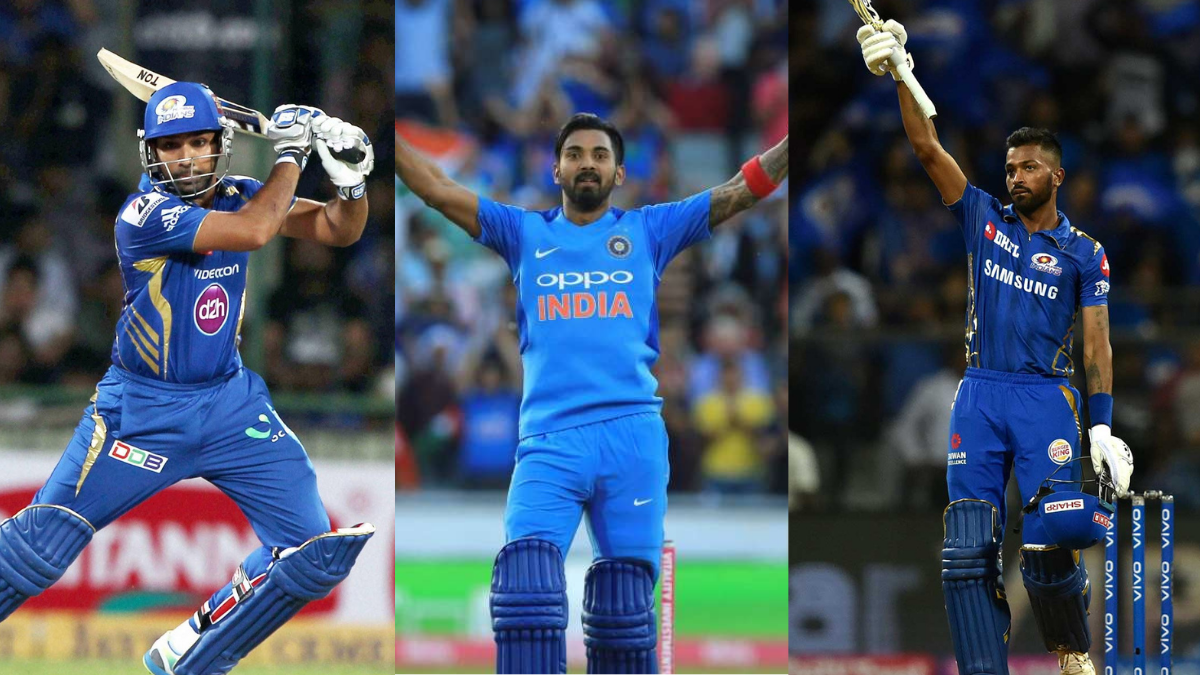


Leave a Reply